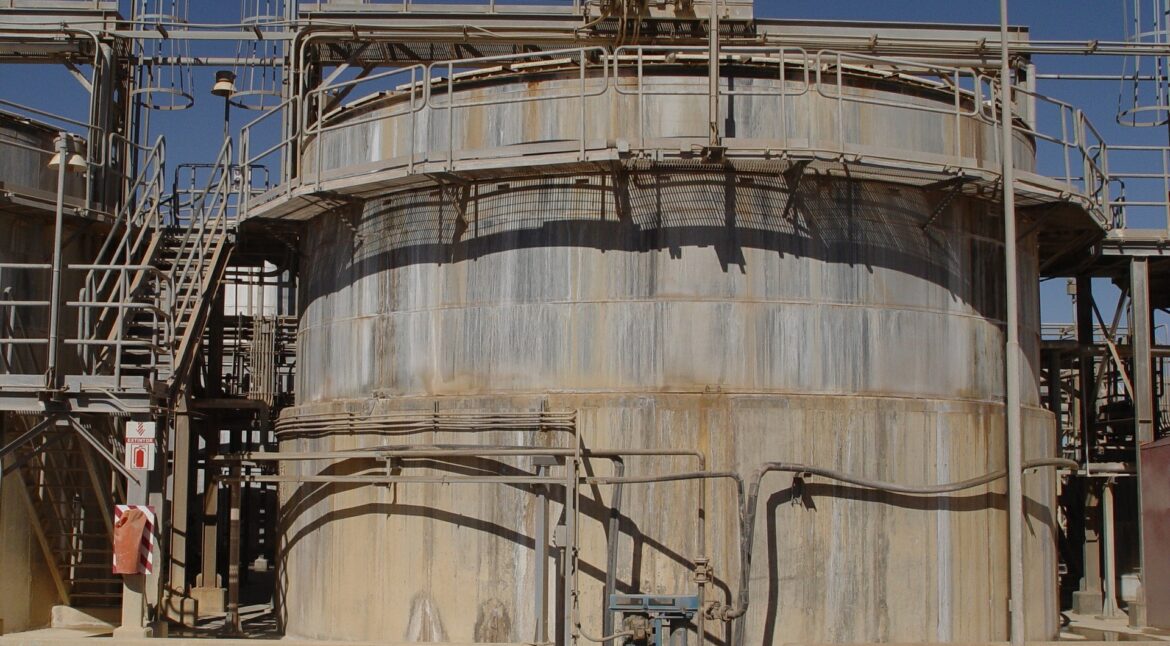Let us understand how we can help you
We Help You Manage Safety In
Your Premises Successfully!


Typically, a QRA can be defined as the formal and systematic approach of identifying potentially hazardous events, estimating the likelihood and consequences of those events. The following methodology will be followed for Quantitative Risk Assessment:
Step 1: Pre-modelling Data Collection
Site visit will be conducted for compilation of the process/ plant information needed for the risk assessment, for example, site location, environment, weather data, PFDs and P&IDs, process conditions etc.
Step 2: Hazard Identification and Scenario Selection
After a detailed study of the data, identification of hazards shall be carried out using inventory listing and engineering judgement based on the inventories and information on operating conditions in individual sections, storages etc.
The study shall cover both fire/ explosion hazards and toxic hazards as applicable. The hazards (AS RELEVANT) which shall be investigated are as below:
- Pool fire
- Jet fire
- Vapour Cloud Explosion
- Fireball / BLEVE
- Unignited dense cloud dispersion
- Toxicity hazard
Step 3: Consequence Analysis
Any incident can have more than one outcome. For the chosen scenarios, consequence analysis is conducted using DNV PHAST which will involve:
- Determination of source strength
- Thermal loads at various distances due to pool fire, BLEVE and jet flame shall be computed and consequence distances identified (Immediate ignition case)
- Cloud contour concentration as a function of distance from source, amount of flammable material between two explosive limits, overpressures if any due to explosion shall be calculated as a function of the distance from the centre of explosion. (Delayed Ignition case).
- Dispersion calculations for the airborne toxic chemicals (as relevant) shall be carried out to arrive at the damage distances and impact zones for the chosen threshold values (Damage Criteria).
For dispersion modelling for the indoor facility in question, predominant influencing factors i.e. HVAC air change rate for the indoor region shall be considered.
Damage criteria for the study shall be based on
- Thermal radiation
- Overpressure
- Exposure to Toxic Substances.
Step 4: Likelihood Estimation
In order to calculate the release probabilities for the considered scenarios, the failure frequencies shall be calculated using various data banks.
Step 5: Recommendations
The major contributors in terms of damage distances and release probabilities shall be listed out. Recommendations would then be made in order to mitigate the consequences.

